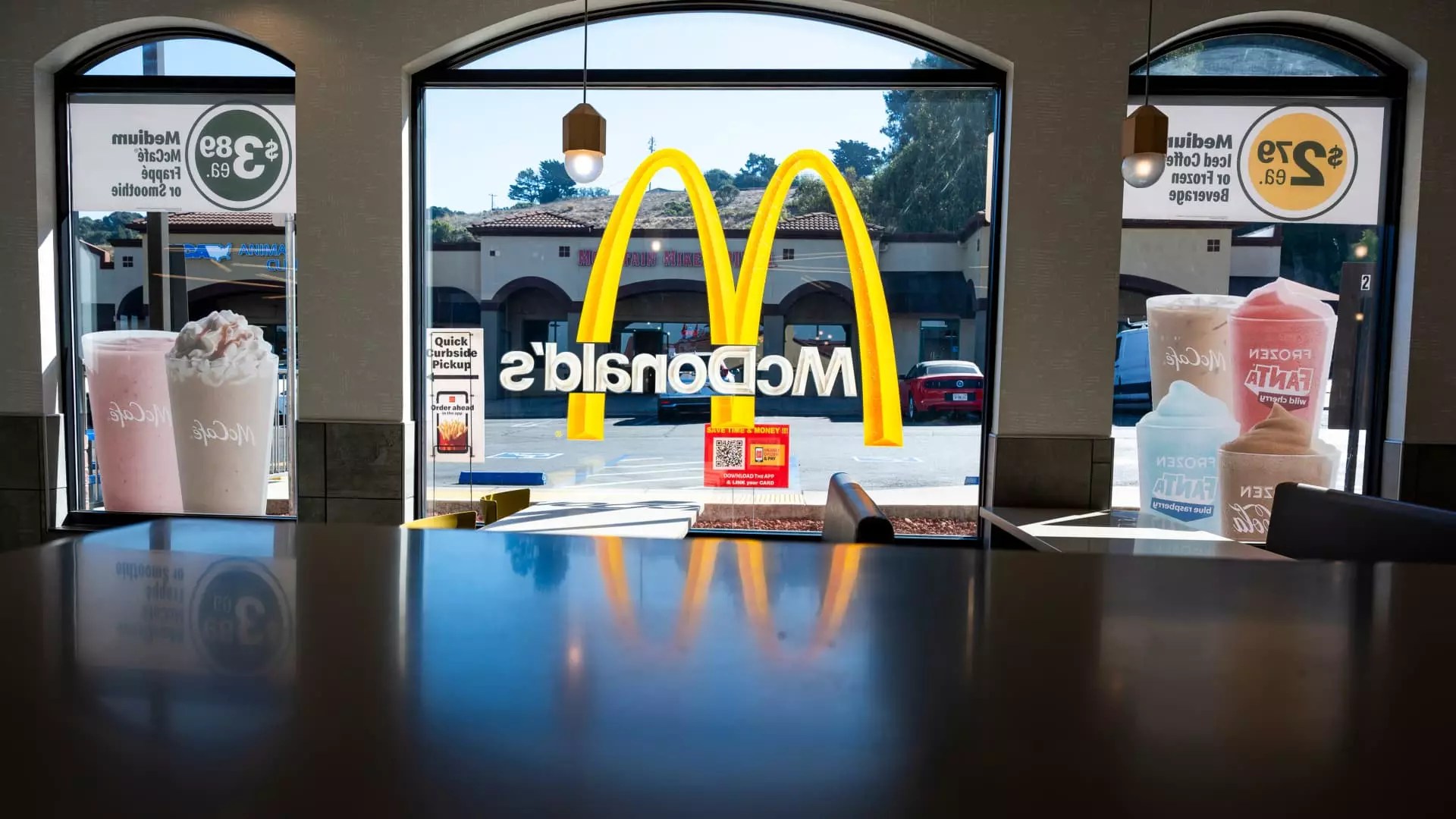The restaurant sector has always been at the mercy of fluctuating consumer sentiment, weather conditions, and broader economic trends. As we step into 2025, the prevailing sentiment among restaurateurs can be summarized by the saying, “In like a lion, out like a lamb.” This metaphor reflects the tumultuous beginnings of the year, characterized largely by adverse weather, ongoing consumer hesitance, and intense competition. Nevertheless, there is a glimmer of hope as various chains report a gradual recovery, buoyed by strategic marketing and value offerings designed to entice the home-cooking reluctant shoppers back into dining establishments.
The onset of 2025 has not been kind to the restaurant industry. A chilling combination of freezing temperatures, wildfires, and an apprehensive consumer base has led to an influx of challenges for major fast-food chains. However, some companies, such as Restaurant Brands with its Burger King and Popeyes franchises, have begun to see an upward trajectory in sales as they adjust their strategies to meet consumer needs. The reintroduction of value-based menus plays a crucial role in drawing in customers who previously preferred preparing meals at home, indicating that the appetite for dining out is still present, albeit wary.
Conversely, brands like McDonald’s, which has traditionally enjoyed a robust market presence, encountered a dip in same-store sales by 1.4%. The company, while still managing a slight growth in overall domestic traffic, recognizes that maintaining momentum will require significant adjustments. Wendy’s CFO Kenneth Cook acknowledged the dual challenge posed by adverse weather patterns and overall industry traffic decline, highlighting the fragility of industry recovery in early months.
The Consumer Landscape: Cautious Spending and the Value Proposition
The overall economic climate has led consumers to be particularly discerning regarding their dining choices. Subway’s U.S. President Doug Fry articulated this emerging consumer mindset, noting the prioritization of quality and value in the expenditures of the average household. This sentiment is further underscored by reports indicating a decline in breakfast and lunch traffic, suggesting that households are opting to consciously manage their budgets by choosing more economical options.
Analysts predict that as we advance through 2025, comparisons to last year’s performance—which experienced considerable dips—will soften. This expectation offers a window of opportunity for restaurant chains to recuperate from the downturns experienced in 2024, particularly during those traditionally peak summer months.
Environmental Factors Playing a Role in Traffic and Sales
Weather conditions, which have substantially affected traffic to institutions like Chipotle, cannot be overlooked. The company’s estimates suggested that wildfires among other attributes directly influenced its traffic in January, leading to a 2% decline in year-over-year figures. Chipotle has projected that its same-store sales will remain flat in the first quarter, weighed down further by unfavorable comparisons from last year’s promotions.
For many chains, the impact of severe weather can lead to immediate dips in sales and customer footfall. As such, marketing strategies must adapt not only to consumer behavior but to environmental fluctuations that influence customer decision-making.
Long-term Outlook: Economic Factors and Consumer Confidence
Looking further into the year, it appears that issues related to tariffs and inflation could exert additional pressure on restaurant profitability. The heightened consumer concern about rising prices—manifested in a significant annual inflation rise—has already begun to affect spending habits. Many chains seem optimistic that these headwinds will subside, allowing them to realize their anticipated sales recoveries.
When CEO Chris Kempczinski of McDonald’s discussed the potential for a full rebound in sales following an E. coli outbreak that initially dampened consumer confidence, it underscored the belief that periods of turmoil can eventually give way to recovery if external conditions align favorably.
While some chains project cautious optimism about recovery, others, like Starbucks, find themselves on a more precarious footing. After four successive quarters of declining same-store sales, the coffee giant is facing a significant repositioning in its market strategy. In the wake of its restructuring initiatives and investment challenges, Starbucks has suspended its outlook for fiscal 2025, which raises questions about long-term consumer loyalty. However, CFO Rachel Ruggeri’s commentary points towards hope for recovery in second-half earnings, suggesting a belief in potential rebound as seasonal fluctuations normalize.
As the restaurant industry navigates the complexities of 2025, it is clear that flexibility and responsiveness to consumer demands will be integral to recovery. With weather-related challenges and inflationary pressures in the mix, it remains to be seen how adaptations in business strategy will enable restaurants to recalibrate and thrive in a fluctuating economic climate.


Leave a Reply